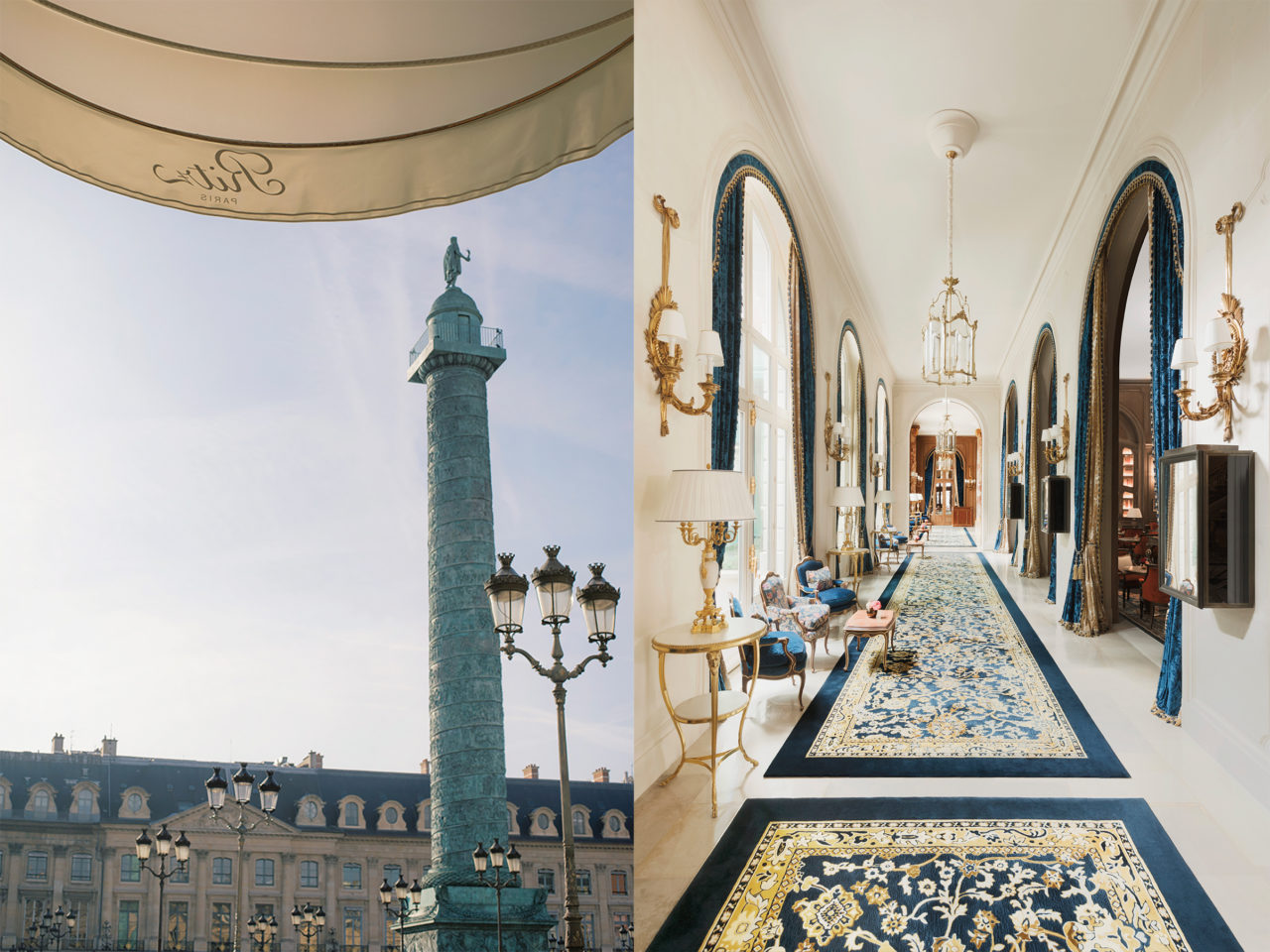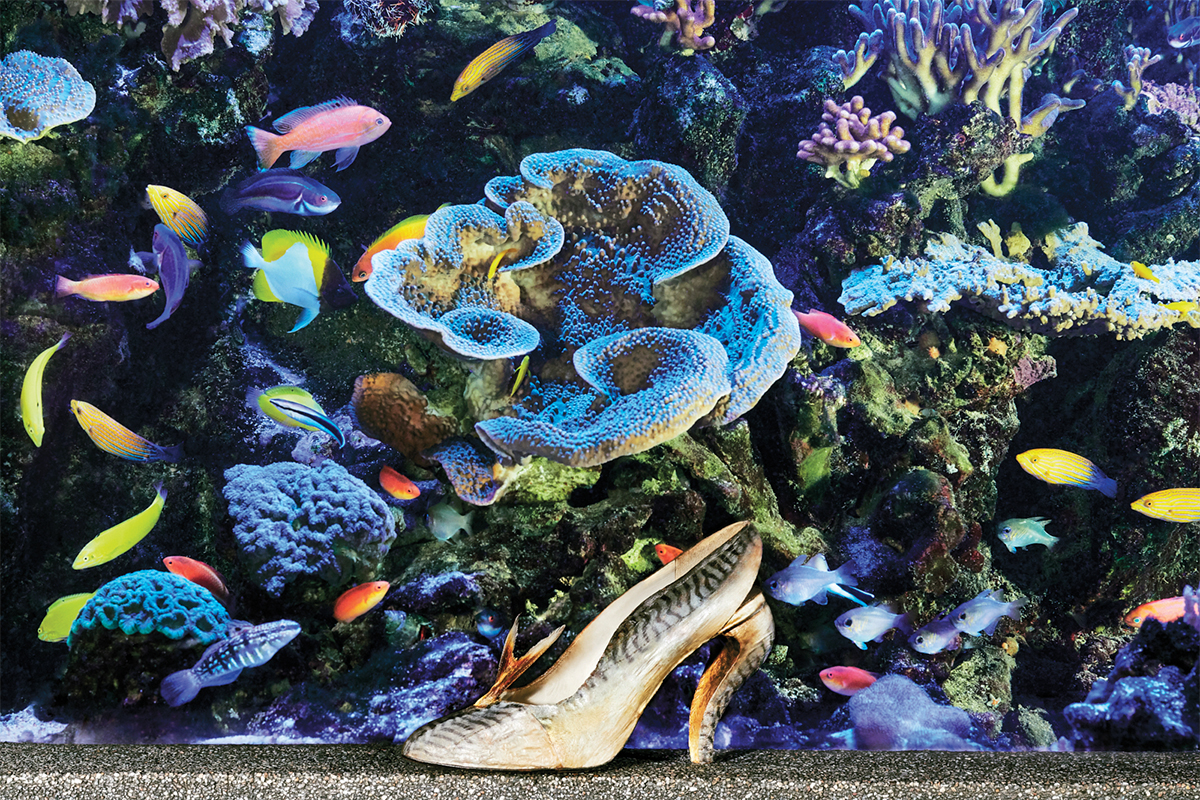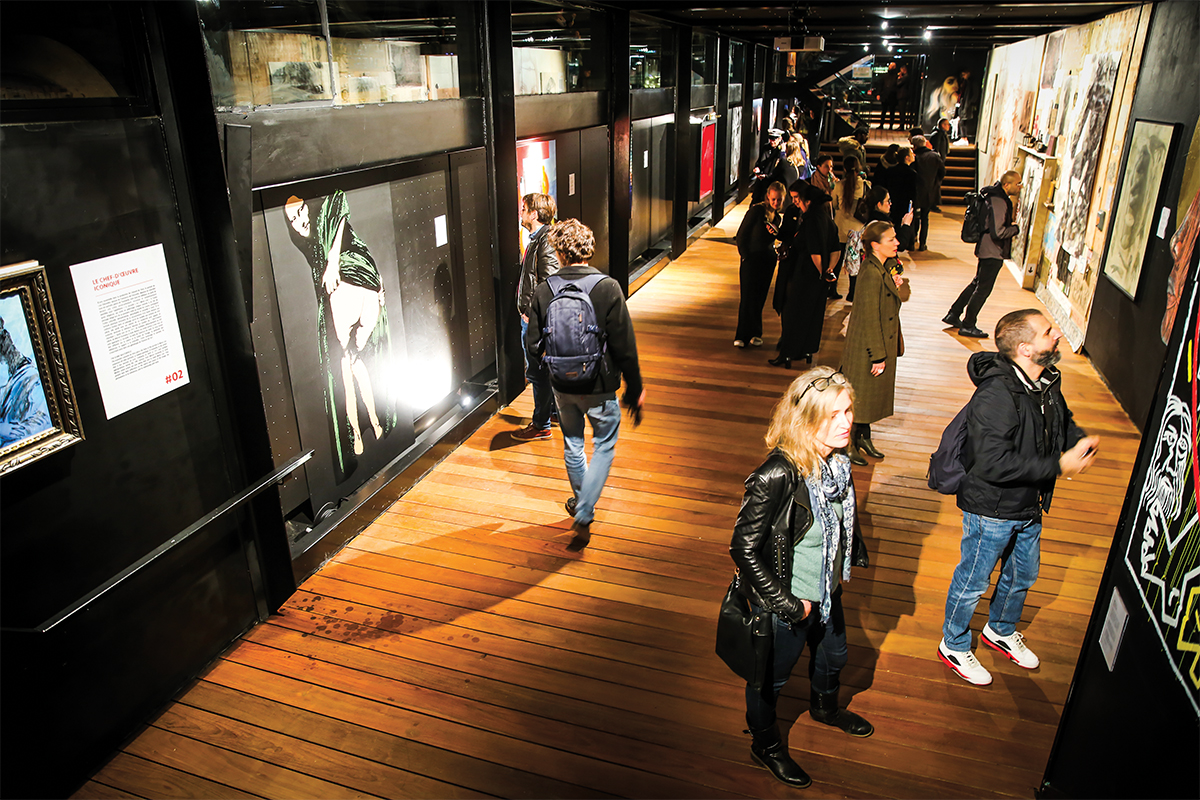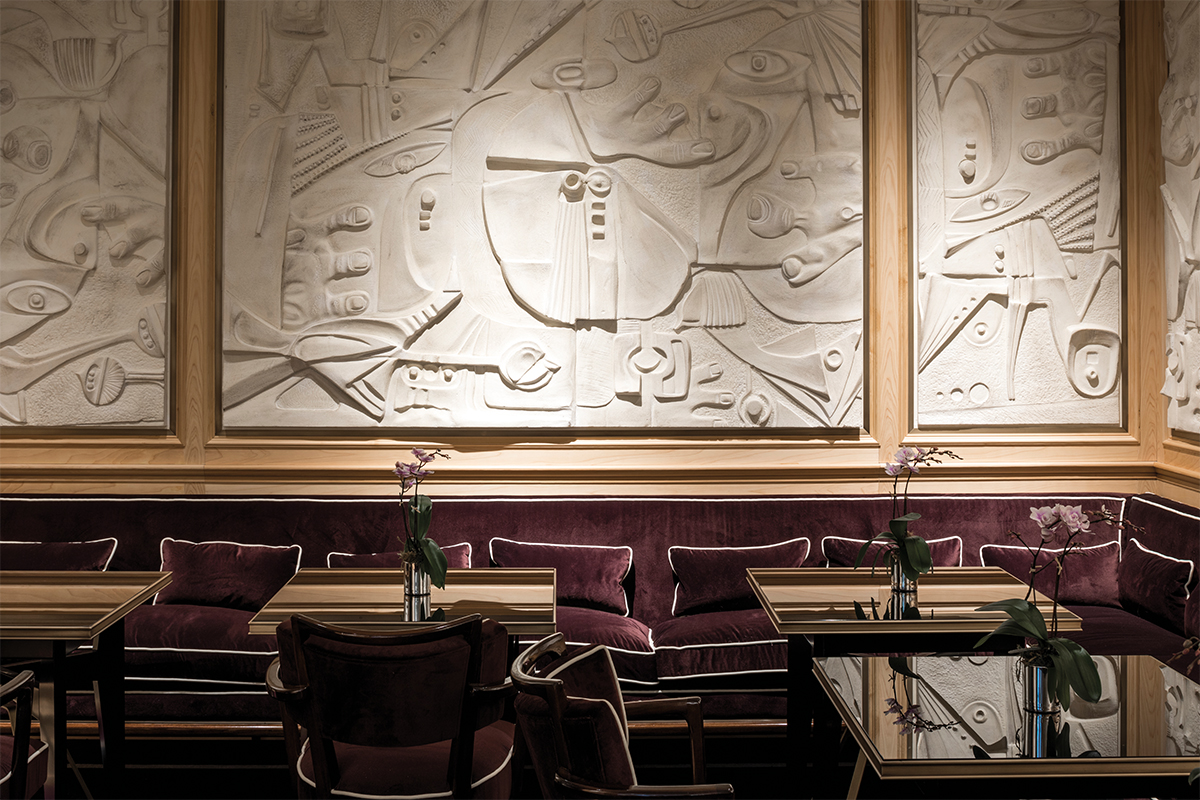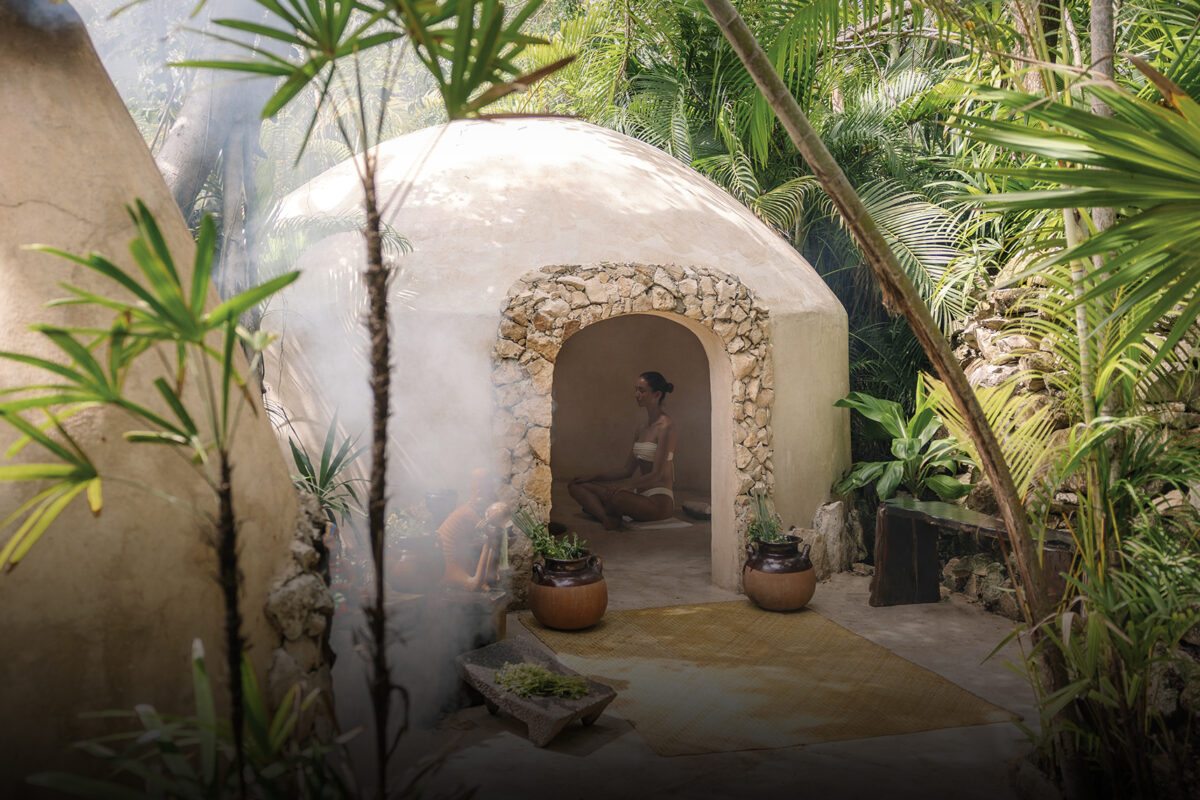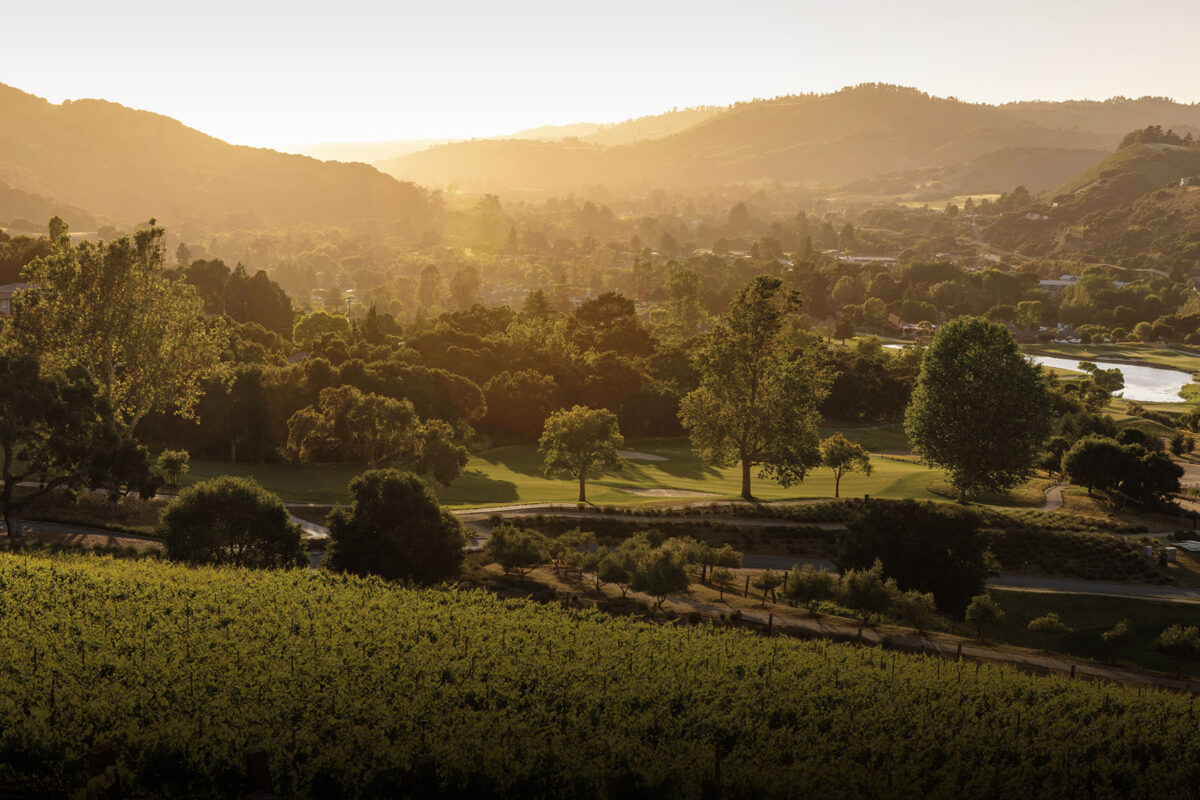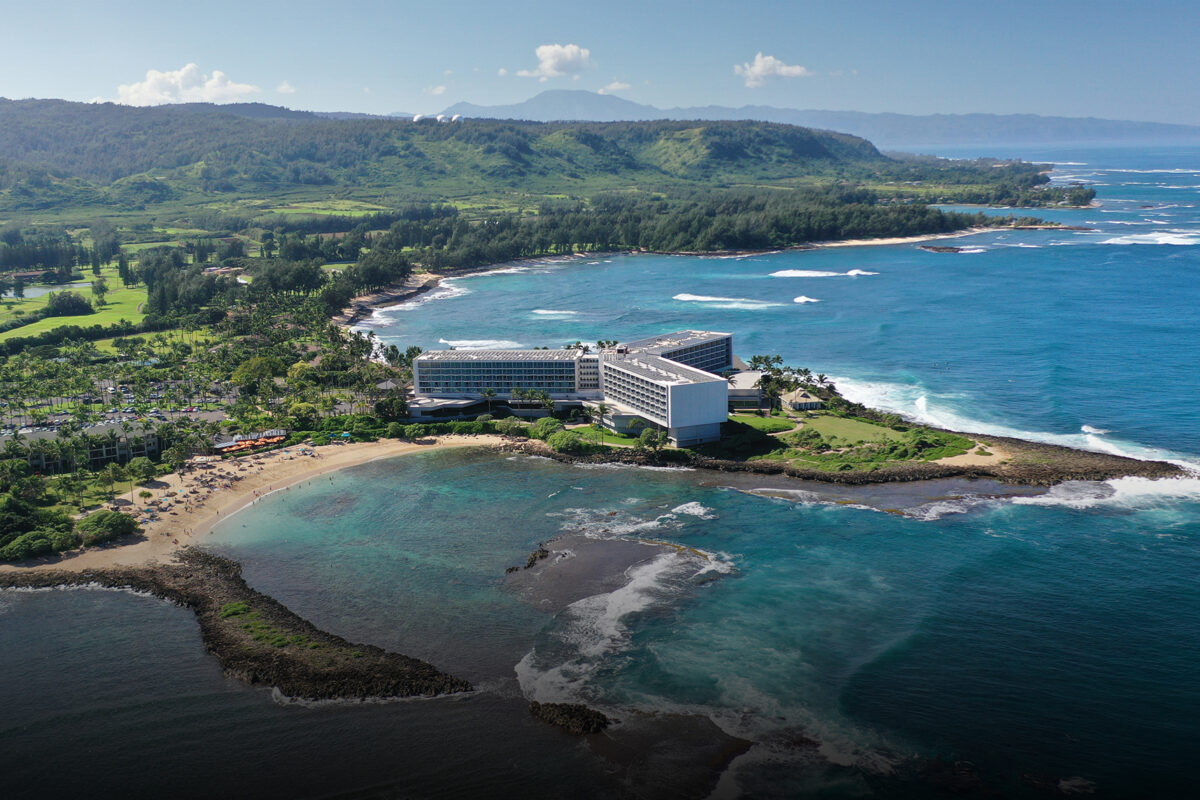What’s new and revived in the City of Light
Words by SAMANTHA BROOKS
As Ernest Hemingway was known to say, “When in Paris, the only reason not to stay at the Ritz is if you can’t afford it.” Indeed, the Place Vendôme monolith is as inherently Parisian as the Eiffel Tower and the Louvre — and every bit as compelling. As the city lights up with openings and shows, there’s no better place to experience new Paris than from the Old World glamour of the Ritz Paris.
In case you missed it, the hotel closed its doors for the first time ever from 2012 to 2016 to complete a full $450 million renovation overseen by architect and designer Thierry W. Despont, whose other projects have included interiors at the Getty Center, the restoration of the Statue of Liberty, and private homes for clients like Bill Gates and Calvin Klein. The hotel was first opened in 1898 by César Ritz, who went on to create the Ritz-Carlton brand; the property has been owned by Mohamed al-Fayed — of Harrods fame — since 1979.
The Ritz’s now 71 rooms and 71 suites are refreshed with contemporary comforts and technology yet retain their Belle Epoque aesthetic. While standard rooms are enough to please even the most seasoned traveler, the 16 Prestige Suites take luxury to a new level. Many of those spaces are named for the hotel’s most beloved guests, including Ernest Hemingway, whose 850-square-foot suite features a library and rare photographs of the writer, and Coco Chanel, who lived at the property for 34 years and whose name christens a 2,024-square-foot suite in black and white. And the 2,347-square-foot Suite Impériale, inspired by Versailles, has been officially recognized by the French government for decades as a national monument.
Take in the springtime sunset on the terrace of Girafe
While history is a key element of the hotel, the modern-day Chanel au Ritz spa (the only one in existence) and newer activities, like pastry-making classes from François Perret and aquatic barre classes taught by former Paris Opera dancer Karine Villagrassa, keep things feeling fresh.
Elsewhere in the city, new openings abound. Take in a perfect springtime sunset at Girafe — the Joseph Dirand–designed venue combines a modern seafood menu (oysters, caviar, raw bar, plus lobster pasta, wagyu beef and Milanese-style swordfish), art deco design and a rooftop terrace that overlooks the Eiffel Tower. The just-opened Casa Tua follows its Aspen and Miami outposts with a homey space designed by Austrian-born, Florence-based architect Michele Bönan, featuring furniture from Cartier, Hermès, and Paris flea markets. Located between Boulevard Saint-Germain and the Seine, the restaurant serves relaxed Italian food with a French flair under the direction of chef Michele Fortunato, who came from the Michelin-starred Il Carpaccio at the Royal Monceau.
Two of the city’s most acclaimed names in retail have also been reimagined. When Colette closed its doors in December 2017, Marvin Dein and Sébastien Chapelle, two of the concept store’s former tenured employees took over the space to launch Nous. With backgrounds in watches and electronics (Chapelle) and sneakers (Dein), the pair launched their own concept boutique, selling everything from artisanal rolling papers to enhanced Rolexes from cult brand MAD Paris. Founded in 1912, Galeries Lafayette is a Parisian institution, which now counts 65 stores around the world. Its latest iteration, debuted last year, moves the family-owned department store firmly into the future of retail by setting up shop in a 70,000-square-foot space designed by Bjarke Ingels Group on the Champs-Élysées. While the store is the largest retail space on the famed boulevard, it is a fraction of the size of the company’s Boulevard Haussmann flagship and offers a more intimate and upscale shopping experience.
The world’s first-ever floating street art museum, housed on a platform over the Seine, opened last summer at the Pont des Invalides. Fluctuart is free, open until midnight, and spans three floors with permanent and temporary exhibitions from artists like Banksy and Keith Haring and lesser-known names like Maxime Drouet and Gérard Zlotykamien, plus a bookstore and a rooftop bar. The Palais de la Porte Dorée dips its toes into contemporary programming for the first time with its exhibit “Christian Louboutin, Exhibition[niste].” The show offers a behind-the-scenes look at the shoemaker’s inspirations as well as never-before-seen collaborations with artists as diverse as filmmaker David Lynch and Spanish choreographer Blanca Li. The exhibit runs through July and is the perfect way to round out a season of French legends experiencing a renaissance.
Feature image: The FLUCTUART center floats on the Seine.
This story originally appeared in the Spring 2020 issue of C Magazine.
Discover more TRAVEL news.


